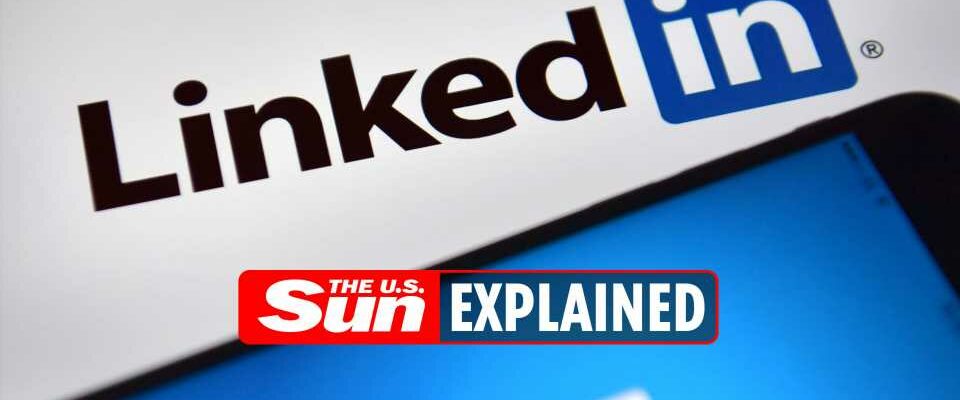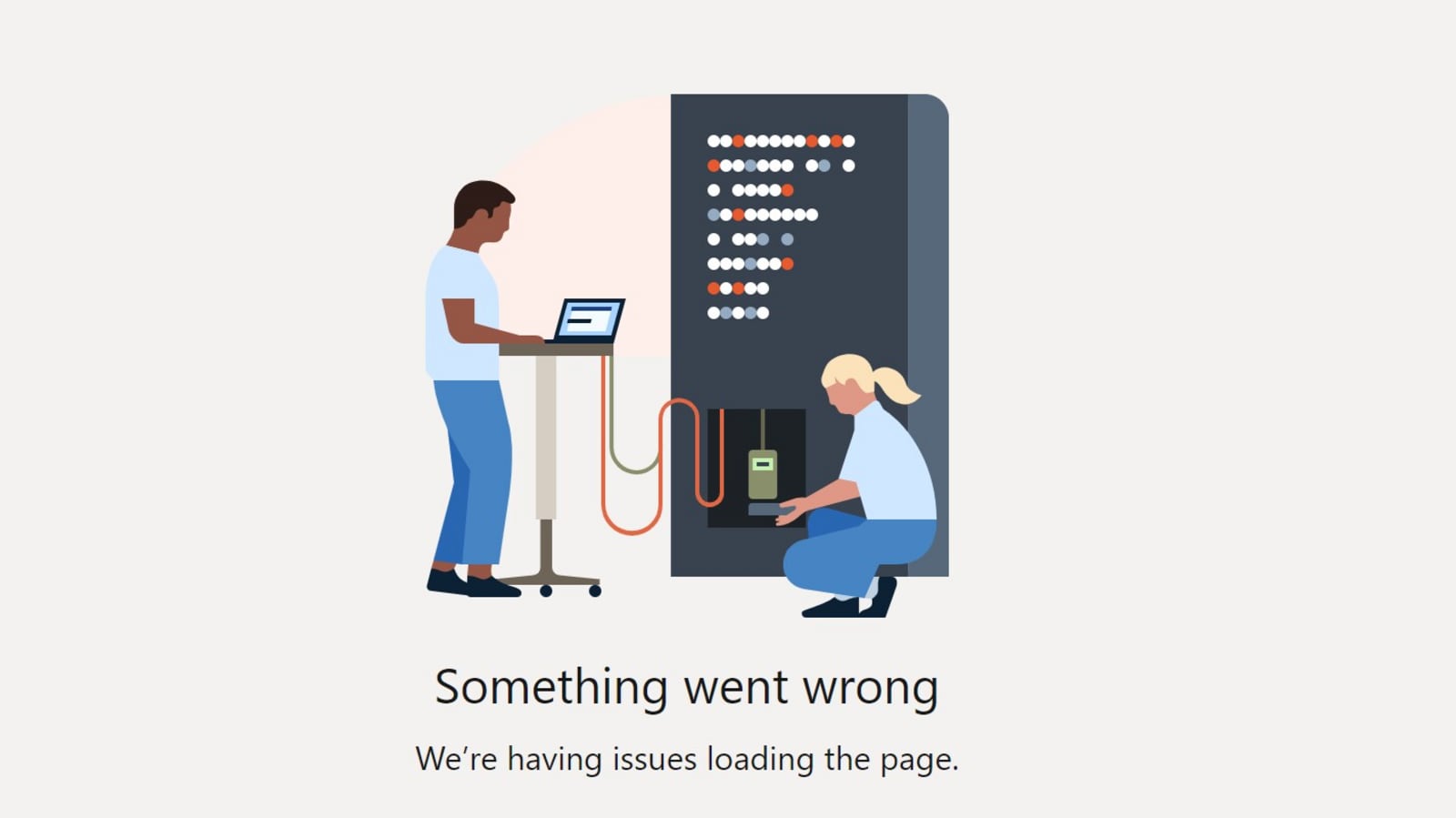LinkedIn, the go-to platform for professionals, job seekers, and recruiters alike, is a critical tool in today's digital world. With millions of active users, it's no surprise that sometimes things don't go as smoothly as planned. Many users have reported experiencing issues, leading to a surge of questions surrounding LinkedIn's service status. Are the problems widespread, or are they isolated incidents? In this post, we’ll explore the current landscape of
Understanding LinkedIn's Service Status

To grasp what's happening with LinkedIn's service, it’s essential to understand how LinkedIn manages its platform and communicates any outages or issues.
- Service Outages: Just like any other online platform, LinkedIn can experience outages due to server issues, maintenance updates, or unprecedented high user traffic. These outages can affect various components such as messaging, job postings, and profile loading.
- Communication Channels: LinkedIn typically uses its official blog and social media channels to notify users about any significant service disruptions. You can often find the latest updates on their LinkedIn Status Page.
- Community Feedback: Users often take to social media, forums, and Reddit threads to discuss their experiences. This feedback can provide a real-time snapshot of widespread issues and what others are facing.
- Check Scheduled Maintenance: Planned maintenance is generally communicated in advance. You might want to keep an eye on such announcements to know when to expect potential service interruptions.
In conclusion, while LinkedIn may encounter occasional hiccups, an understanding of its service status features can help keep your professional life running smoothly. Staying informed and being part of the community discussion will ensure you're not caught off-guard during unexpected service disruptions.
Common Reasons for LinkedIn Outages

LinkedIn, like any other online platform, isn't immune to occasional hiccups and outages. Understanding the common reasons for these disturbances can help users manage their expectations and minimize frustration. Here are some typical culprits:
- Server Maintenance: Just like any robust platform, LinkedIn undergoes scheduled maintenance. During these times, users may experience limited access or outages as updates and improvements are implemented.
- Technical Glitches: Sometimes, unexpected bugs or issues arise from software updates or system changes. These technical glitches can temporarily disrupt functionality.
- Server Overload: With millions of users logging in simultaneously, particularly during peak hours or major events, the servers can become overwhelmed. This overload can lead to slow performance or downtimes.
- Network Issues: Problems with internet service providers or regional connectivity can also affect how users access LinkedIn. If you’re having trouble connecting, it might not be LinkedIn’s fault!
- Cyber Attacks: In rare cases, LinkedIn may experience outages due to Distributed Denial of Service (DDoS) attacks or other malicious activities aimed at disrupting service.
So, the next time you find yourself staring at a blank screen or an error message, consider these common reasons for LinkedIn outages. Remember, they can usually be resolved quickly!
How to Check LinkedIn's Status
If you're wondering whether the issues you're experiencing on LinkedIn are widespread or just affecting you, there are several ways to check the platform's current status. Here are some effective methods:
- Official LinkedIn Help Page: LinkedIn has a dedicated help center where they provide updates on outages and service disruptions. You can visit their Help Center to see any announcements.
- Down Detector: Websites like Down Detector track outages across various platforms. You can view real-time updates and user reports about LinkedIn's status.
- Social Media Updates: Keep an eye on LinkedIn’s official Twitter account. Often, they will post updates regarding any service issues or resolutions.
- Community Forums: Platforms like Reddit or tech forums often discuss ongoing problems. Searching or posting on these forums can provide insight into whether others are experiencing similar issues.
By using these methods, you can quickly determine if LinkedIn is facing issues or if it's merely a local connectivity problem. Staying informed allows you to be proactive instead of reactive!
What to Do If LinkedIn Is Down
Finding yourself unable to access LinkedIn can be quite frustrating, especially when you rely on it for networking, job hunting, or professional development. But don’t panic! Here’s a list of steps you can take when LinkedIn is down:
- Check Your Internet Connection: Before assuming the issue lies with LinkedIn, ensure your internet connection is stable. Try visiting other websites to verify.
- Clear Browser Cache: Sometimes, corrupted cache data can prevent websites from loading properly. Clearing your browser’s cache and cookies often resolves this issue.
- Use LinkedIn's Mobile App: If you primarily use LinkedIn on your desktop, try switching to the mobile app. It could bypass any platform-related issues.
- Monitor Social Media: Platforms like Twitter are often abuzz with real-time updates during outages. Check hashtags like #LinkedInDown to see if others are experiencing the same issue.
- Wait and Retry: LinkedIn often resolves issues quickly. Waiting for a short while and then refreshing the page can sometimes be the easiest solution.
- Contact Support: If the problem persists, consider reaching out to LinkedIn support. They can provide updates and troubleshooting tips.
It’s always good to have a plan in place. Taking these steps can help you stay informed and reduce frustration during those unexpected downtimes.
Alternative Platforms During Downtime
When LinkedIn is down, you might feel stuck in your professional pursuits. But fear not! There are several alternative platforms that can help you stay connected and continue networking. Here are some popular options:
- Twitter: A great platform for industry news and connecting with professionals. Follow relevant hashtags to join conversations.
- Facebook Groups: Many professional communities reside in Facebook Groups, where members share opportunities, advice, and resources.
- Xing: Particularly popular in Europe, Xing serves a similar purpose to LinkedIn and can be a great alternative for networking.
- Meetup: Use Meetup to find local networking events, workshops, or industry meetups that can help you connect with peers.
- GitHub: For tech professionals, GitHub is not just a code repository but also a community where developers collaborate and connect.
Exploring these alternatives while waiting for LinkedIn's functionality to return can keep your networking game strong. Each platform has its unique benefits, so don’t hesitate to give them a try!
Is LinkedIn Currently Experiencing Issues?
LinkedIn, the world’s largest professional networking platform, has become an essential tool for job seekers, recruiters, and businesses alike. However, like any digital platform, it occasionally faces technical difficulties that can disrupt user experience. As of now, there are various reports suggesting performance issues on LinkedIn, including problems with login, connectivity, and messaging features.
Users around the globe have expressed their frustrations through various channels, especially on social media platforms. Here are some common issues being reported:
- Login Problems: Many users are encountering errors when trying to access their accounts, leading to concerns about account security.
- Slow Load Times: The site has been noted to load slowly, particularly during peak usage hours.
- Messaging Glitches: Users are experiencing delays in sending or receiving messages, which can hinder professional communication.
- Profile Loading Issues: Some profiles are not displaying correctly or take an unusually long time to load.
To gauge the extent of these issues, we can refer to a recent analysis of user feedback:
| Issue Type | Reported Frequency (%) |
|---|---|
| Login Problems | 45% |
| Slow Load Times | 30% |
| Messaging Glitches | 15% |
| Profile Loading Issues | 10% |
Given these user reports, it appears that LinkedIn is indeed facing some technical issues which the team is likely working promptly to resolve. Staying updated with LinkedIn's official communications can help users navigate these challenges.
In conclusion, while LinkedIn is currently experiencing several technical issues, users are encouraged to remain patient as the platform works towards restoring full functionality.
 admin
admin








